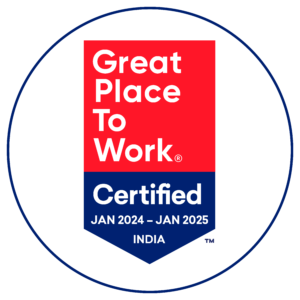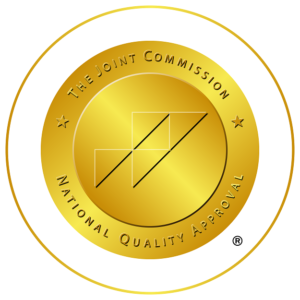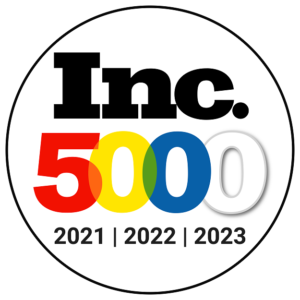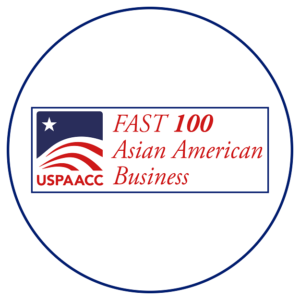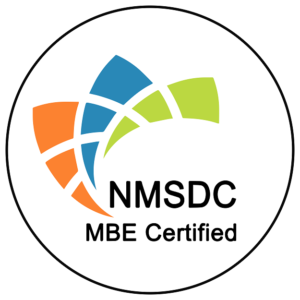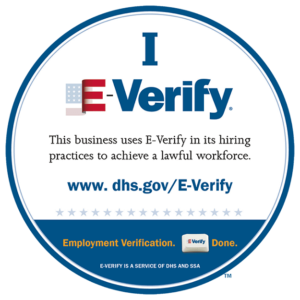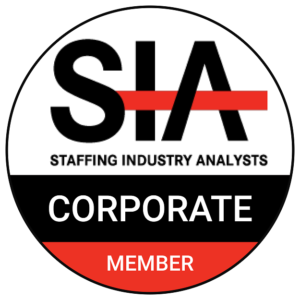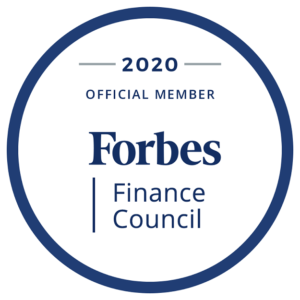Global Recruitment Strategies
With the competition for talent becoming increasingly fierce, an increasing number of businesses are recognizing the need to expand their hiring tactics globally. When it comes to hiring locally vs. globally, there are some subtle differences. Your talent management system should be able to organize recruiting for a variety of positions, from entry-level to professional. You’ll also need to be able to implement the system globally while adhering to other countries’ immigration and privacy regulations.
Here are some pointers on how to start implementing Global Recruitment Strategies.
Make use of the appropriate sourcing channels
When looking for local talent, LinkedIn is a good place to start, and it also works well when hiring globally. However, it shouldn’t be your sole tool, especially if you’re wanting to hire a diverse range of people. Many cities have local job boards, underrepresented minority professional networks, and Slack groups that can assist you to get a better idea of the local candidate pool and the job market.
Prepare a strategic workforce plan
Having a strategy in place before you begin any activity, like most things in life, will make your life much easier. To create a strategic workforce strategy to lead your global talent acquisitions, allowing you to be more deliberate about who you hire, what skills gaps your company has, and what business goals you’re aiming to achieve now and in the future.
Understand the local pay scales
In some nations, asking candidates about their previous and present wage packages is permissible, but it is not in others. Before you start the interview process, do some research on local compensation expectations and how to approach this difficult topic. Rather than asking a prospect about their present income, you should question them about their compensation expectations for the position you’re interviewing them for. It’s also beneficial to be informed of the local currency’s value in the country you’re hiring in so you can discuss pay ranges with candidates comfortably.
Fine-tune your outreach
Your talent acquisition strategy will differ depending on the market. Candidates may be accustomed to working with agencies to find a new job in one area, but in another, they may rely on referrals because hiring is more relationship-based than functional competency-based.
So adjust your outreach plan according to local preferences, and spend time figuring out what attracts great talent in different markets. In the United States, for example, it’s a mix of perks, flexible working hours, bonuses, and long-term incentives. It’s all about building strong personal relationships in the United States.
Conclusion
Overall, investing in the technology you require will result in a smoother, more transparent hiring process for candidates as well as a well-organized, efficient hiring process for your business.



